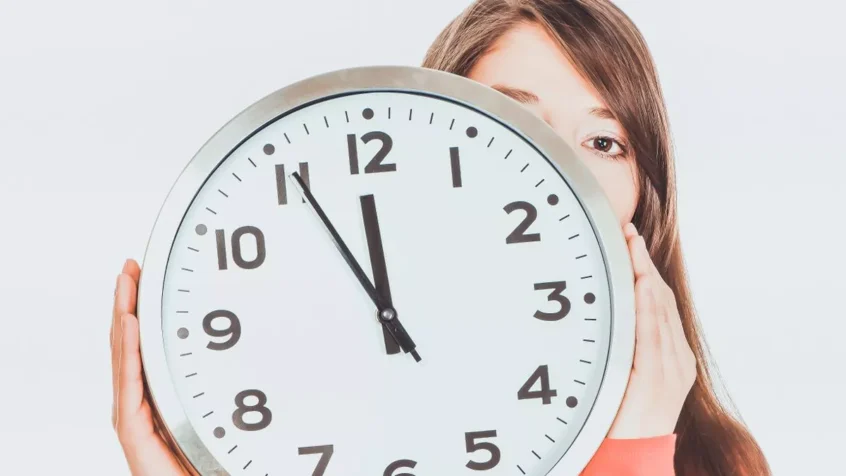I did know about our main body clock in the brain that keeps our body systems working in unison but I was unfamiliar with the independent body clocks in our joints and spine.
Manchester University researchers claim consistent patterns of daily exercise and rest can synchronise body clocks in joints and the spine with the brain clock. This, they say, helps people maintain joint health, improve athletic performance and avoid injury.
That’s a big claim because we know misalignment between the central body clock in the brain and other organs can increase the risk of diseases such as diabetes and heart disease.
Even though the study was in mice, the scientists believe it’s highly probable human cartilage and intervertebral discs will respond in a similar way.
Manchester University’s Professor Qing-Jun Meng, senior author, said: “Not only have we identified that misalignment between cartilage and intervertebral disc clocks and our central clock in the brain can occur through exercising at an inappropriate time, we’ve found the mechanism by which this happens and that skeletal clocks can resynchronise to daily patterns of physical activity.”
Professor Judith Hoyland, another senior author from Manchester, added: “Importantly, we’ve identified a new clock mechanism underlying skeletal ageing, which could have far-reaching impacts on understanding frailty and designing more efficient treatment timing of exercise and physiotherapy to maintain good skeletal health and mobility.” It’s a wake up call.
Professor Meng said: “Our results showed physical activities in the morning … convey timing information from the light-sensitive central clock in the brain to the weight bearing skeletal tissues. In effect it’s telling your skeletal system it’s time to wake up.”
Dr Michal Dudek, lead author from Manchester University, said: “While we are standing and moving around in the day, water is pressed out of intervertebral discs in our spine as well as the cartilage in hips and knees. These minerals are now dissolved in less water so their actual concentration in joints increases and triggers the clocks within these tissues to synchronise.”
The good news is, skeletal tissue clocks remain responsive to daily exercise patterns with age. So walking groups for older people would be best done at a similar time every day.
Lucy Donaldson, of Versus Arthritis, concluded: “Exercising at certain times of day might bring added benefits for people with arthritis… and could help us to develop more targeted treatments for musculoskeletal conditions such as arthritis using exercise and physical activity.”

